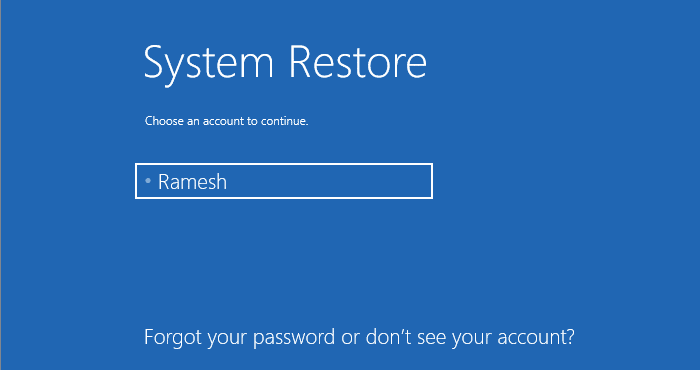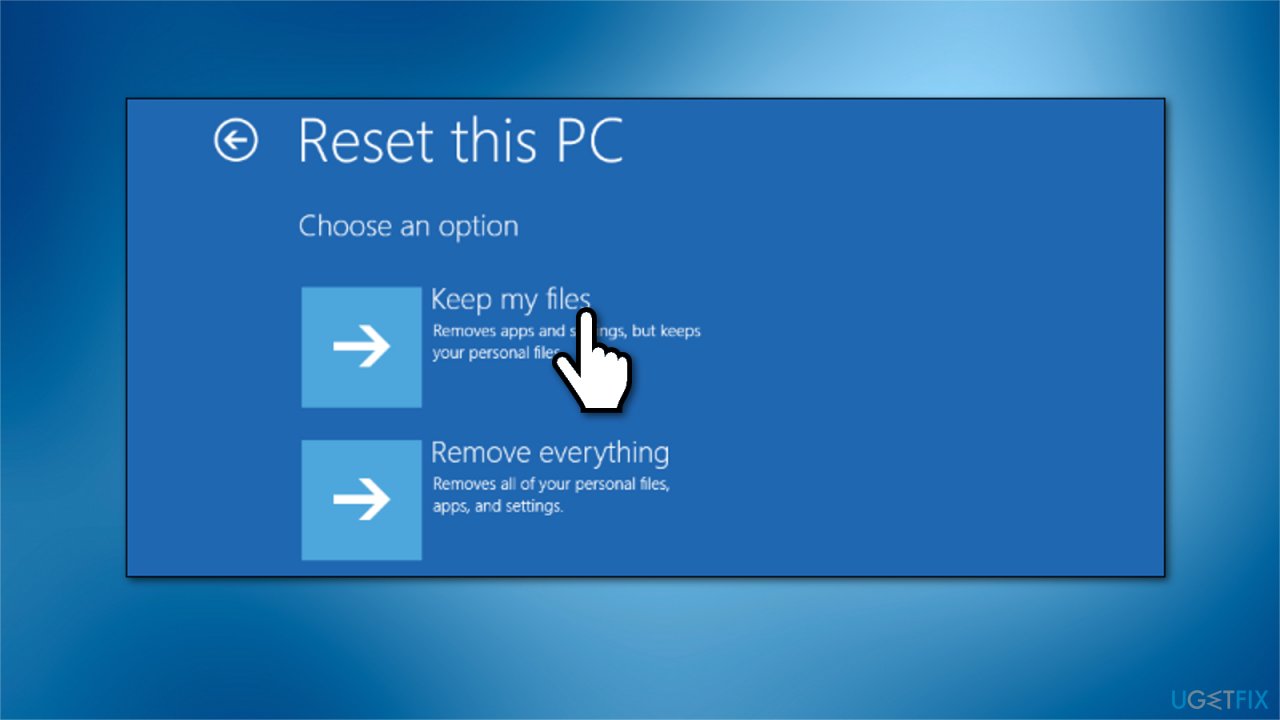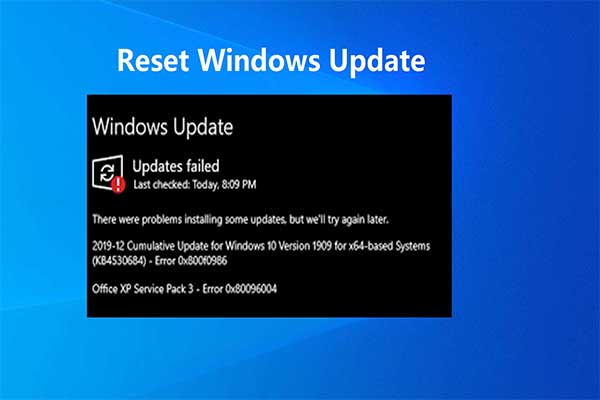

It also creates a restore point right before a major system event, like installing a new device driver, app, or running Windows update. You can create a restore point at any time, though Windows automatically creates a restore point once per week. Here is a tutorial on How to Create and Use a System Restore Point in Windows 10.

If you want to be protected by System Restore, you should absolutely turn it on for at least your system drive. It may be related to whether Windows was installed fresh or upgraded, how much disk space you have available, what type of drives you have, or anything else. For others, System Restore is not enabled by default for any drives. How to Enable System Restoreįor many people, System Restore protection is turned on by default for your main system drive (C:) and not other drives on your PC. It fixes the Windows problems by reverting back to the files and settings that were saved in the restore point. When an install failure or data corruption occurs, System Restore can return a system to working properly state without you having to reinstall the operating system.

System Restore takes a snapshot of some system files and the Windows registry and saves them as Restore Points. System Restore is a default Windows feature designed to protect and repair the computer software. If you are unsure about the difference between System Restore and System Recovery in Windows PC, this article will enlighten you. Actually, they are different from each other due to their functions and usage. Moreover, both are designed to fix your PC’s problems and errors. Because both of them relating to rolling back files from hard disk, registry, system memory or other storage media. Many computer users consider System Restore and System Recovery to be the same thing.


 0 kommentar(er)
0 kommentar(er)
